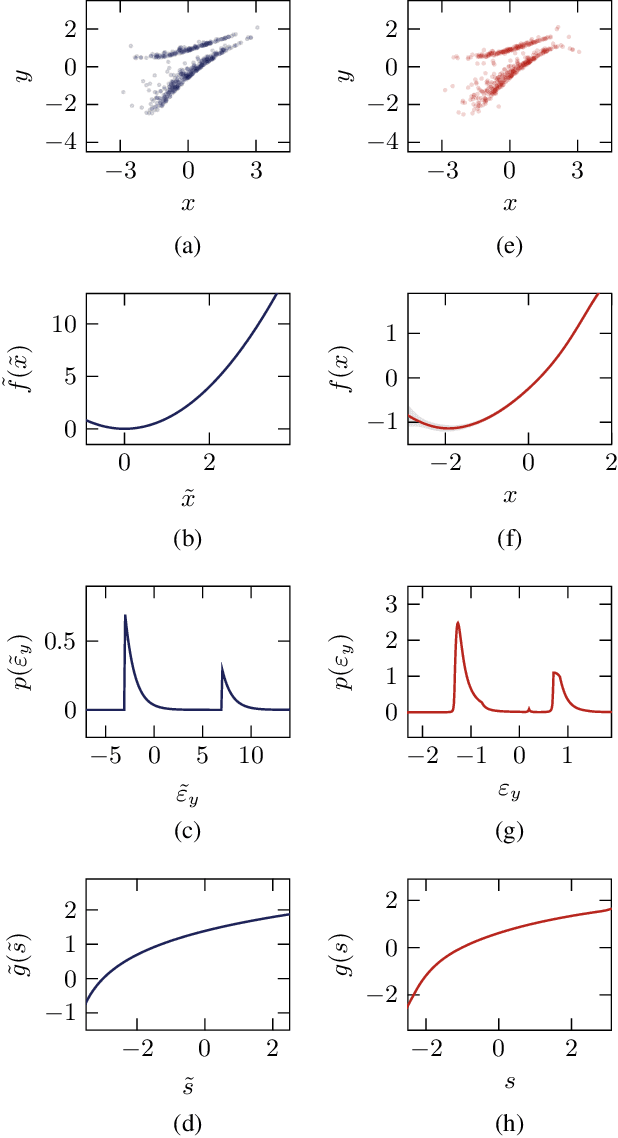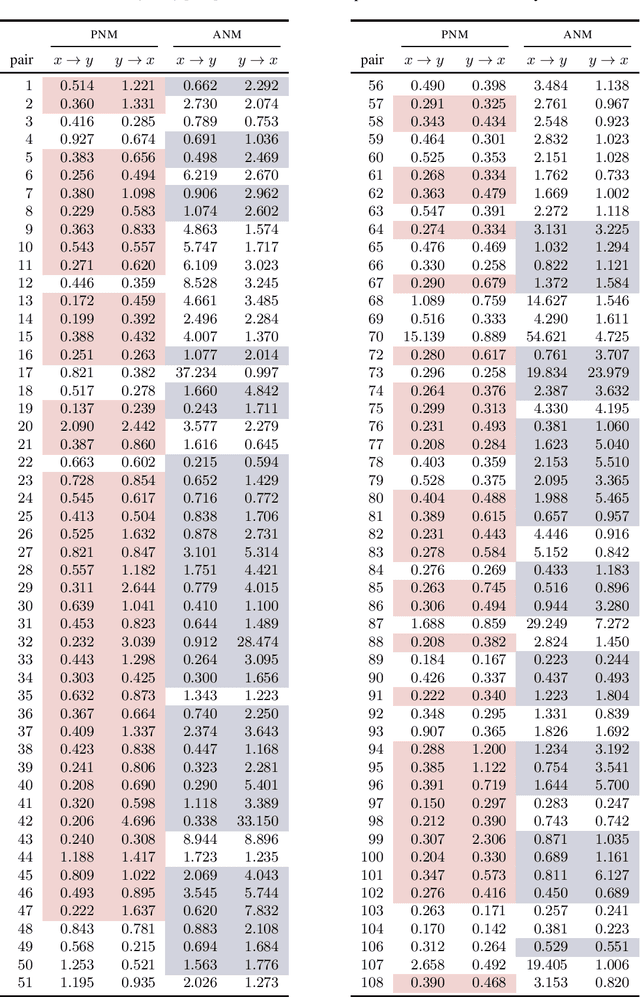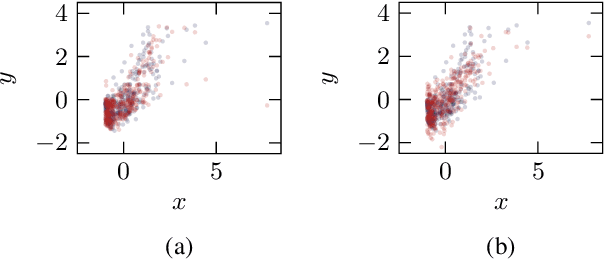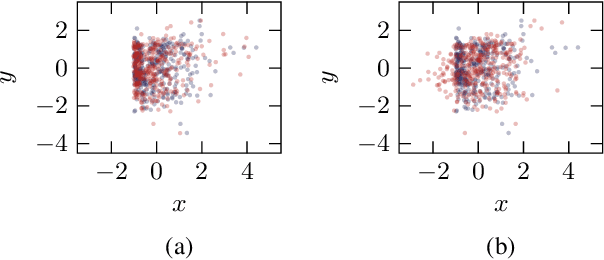Nico Reick
Estimation of Bivariate Structural Causal Models by Variational Gaussian Process Regression Under Likelihoods Parametrised by Normalising Flows
Sep 06, 2021



Abstract:One major drawback of state-of-the-art artificial intelligence is its lack of explainability. One approach to solve the problem is taking causality into account. Causal mechanisms can be described by structural causal models. In this work, we propose a method for estimating bivariate structural causal models using a combination of normalising flows applied to density estimation and variational Gaussian process regression for post-nonlinear models. It facilitates causal discovery, i.e. distinguishing cause and effect, by either the independence of cause and residual or a likelihood ratio test. Our method which estimates post-nonlinear models can better explain a variety of real-world cause-effect pairs than a simple additive noise model. Though it remains difficult to exploit this benefit regarding all pairs from the T\"ubingen benchmark database, we demonstrate that combining the additive noise model approach with our method significantly enhances causal discovery.
 Add to Chrome
Add to Chrome Add to Firefox
Add to Firefox Add to Edge
Add to Edge